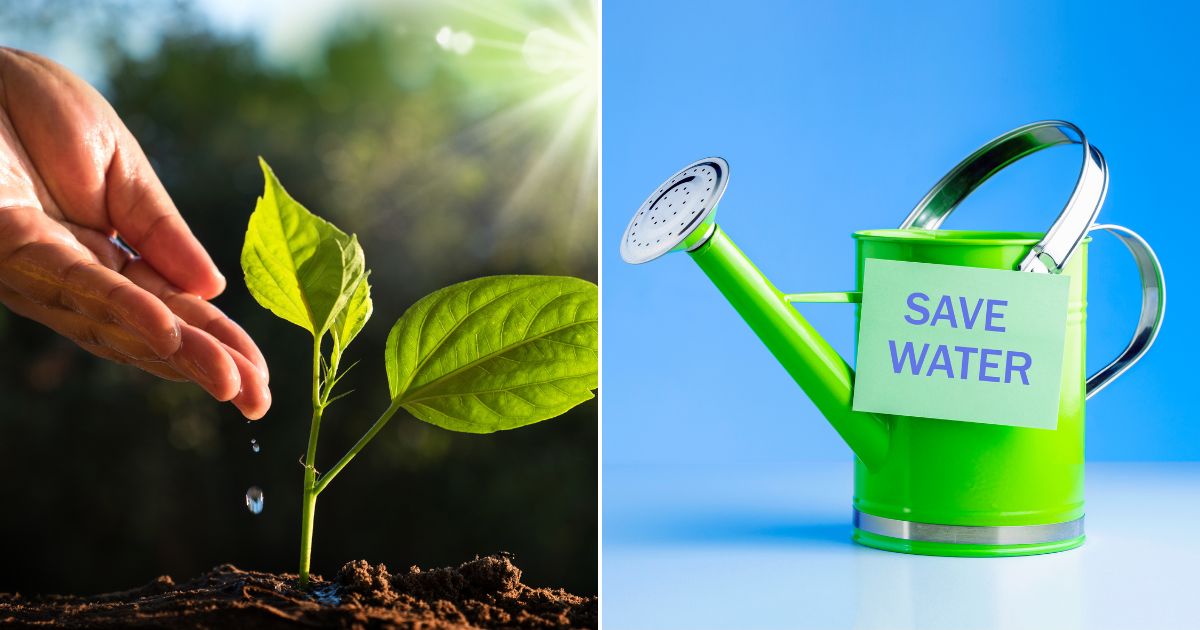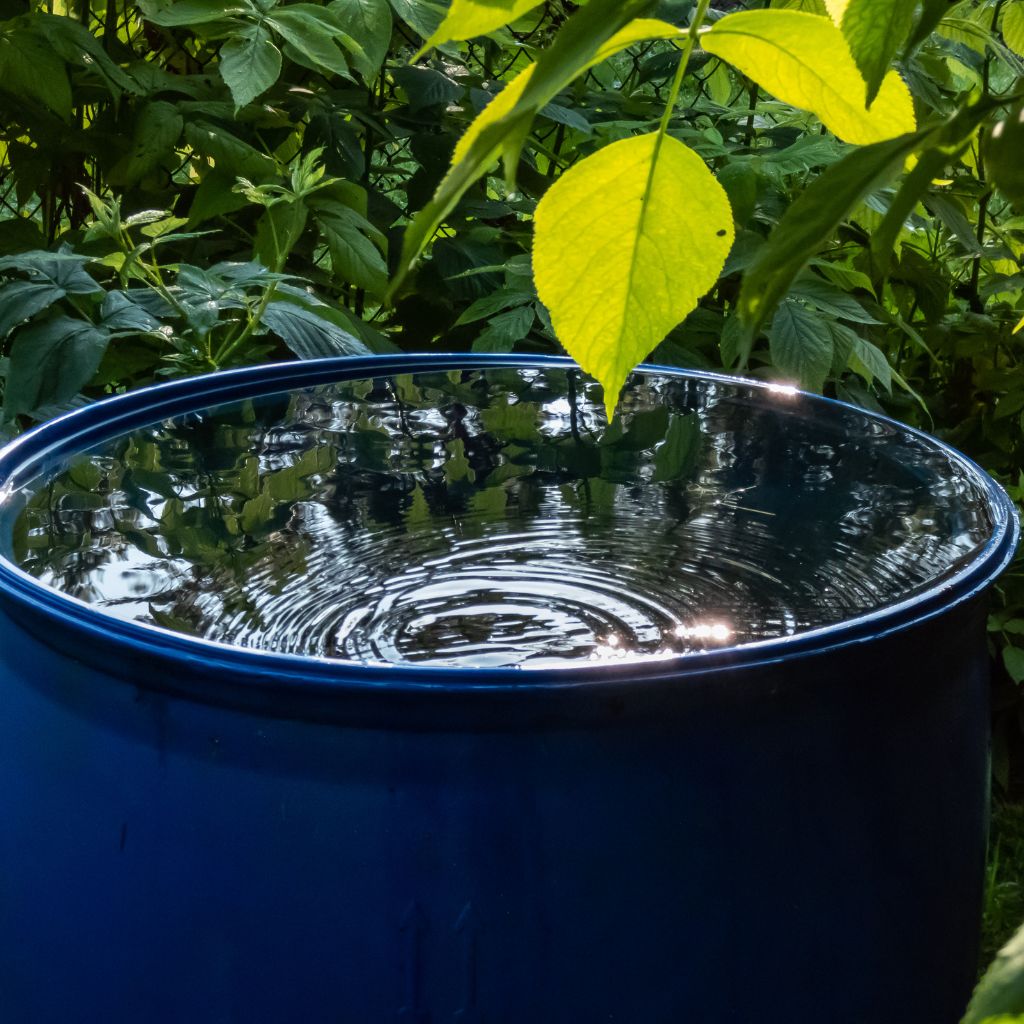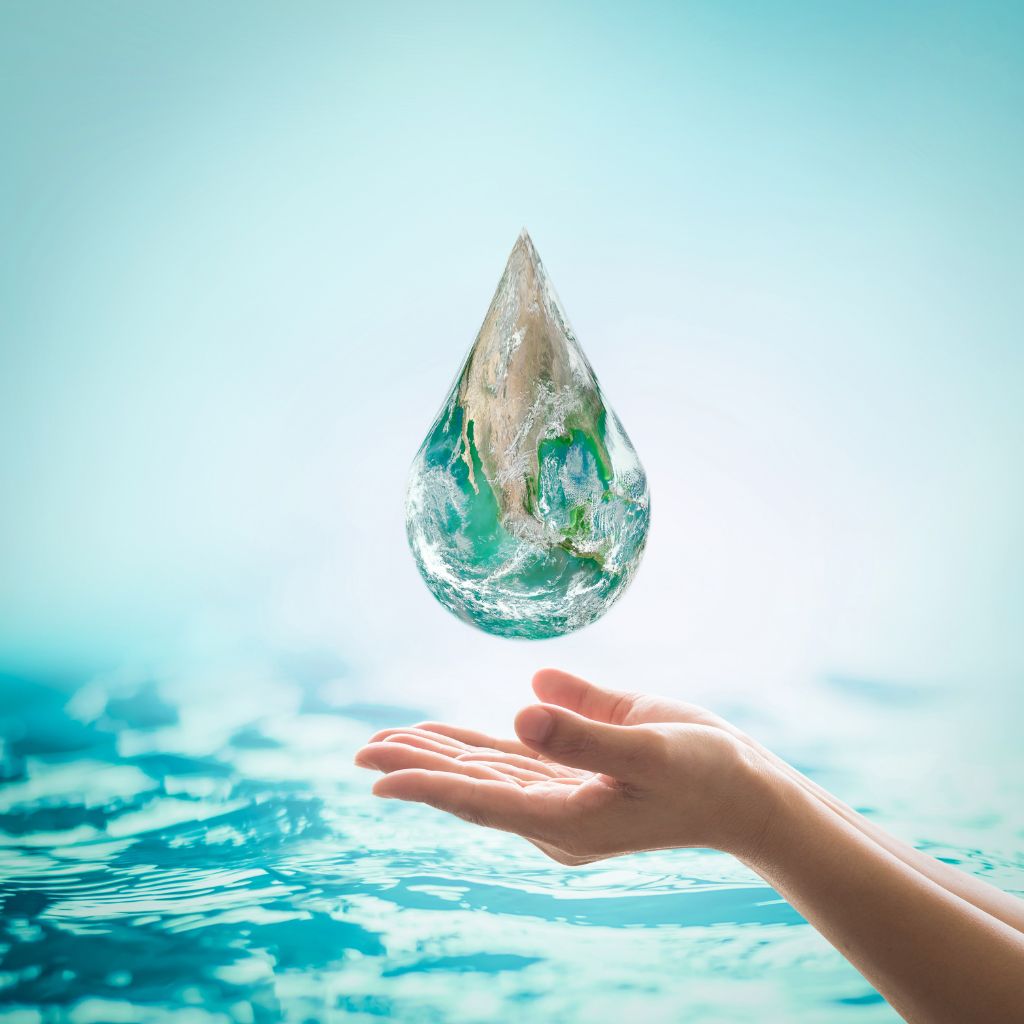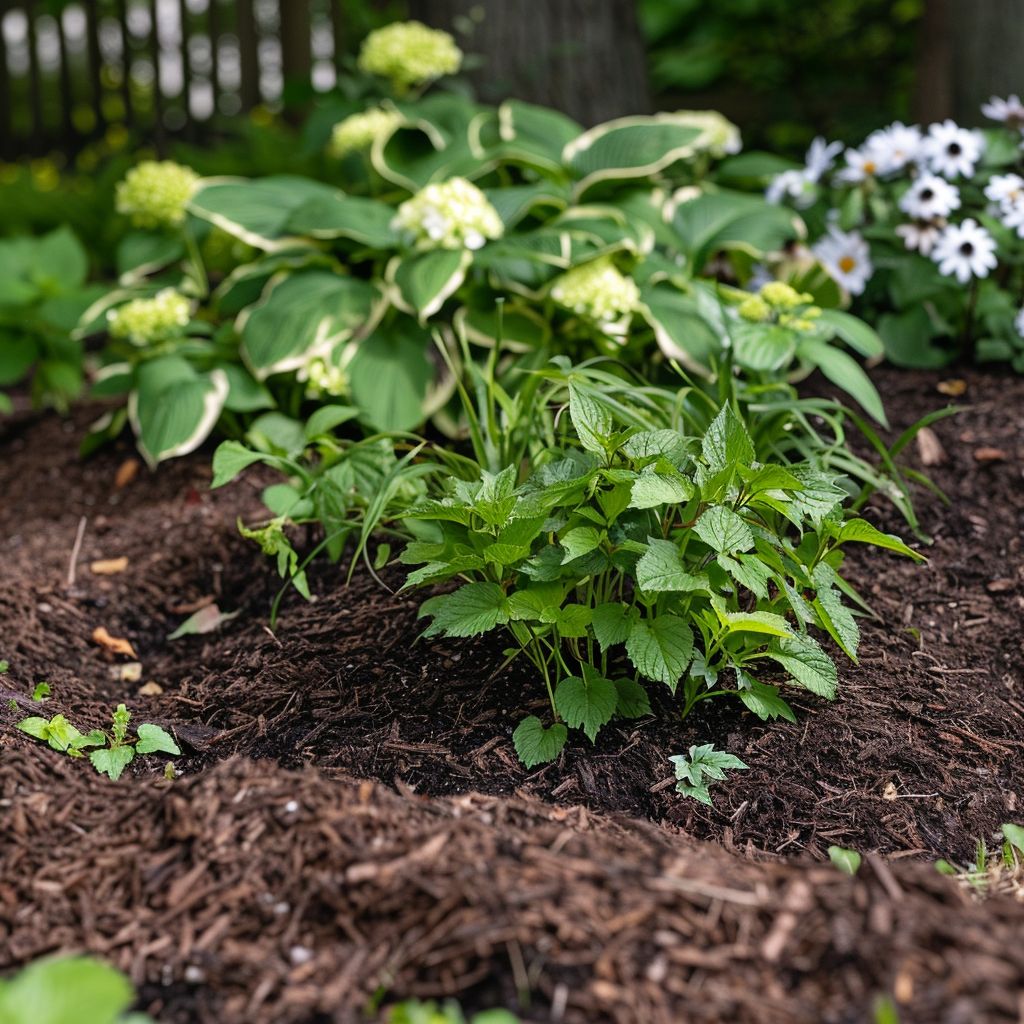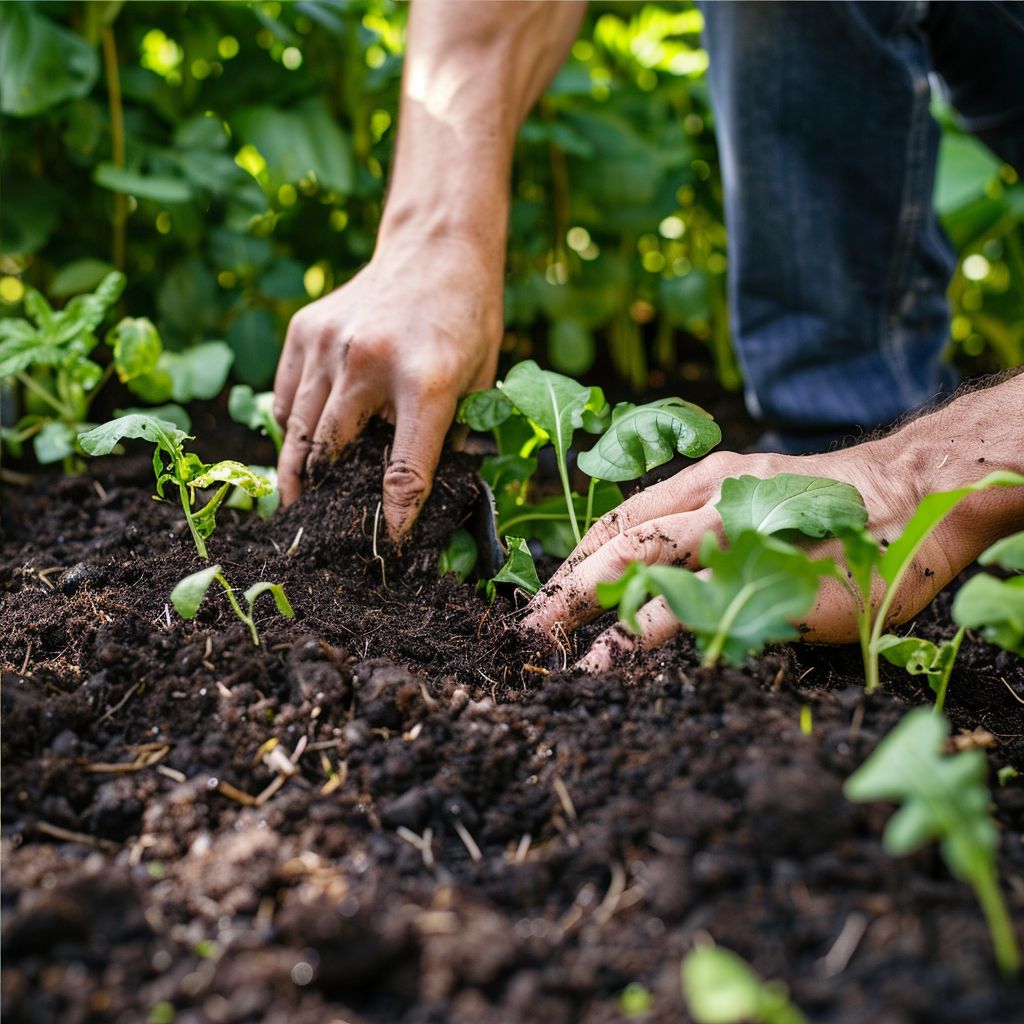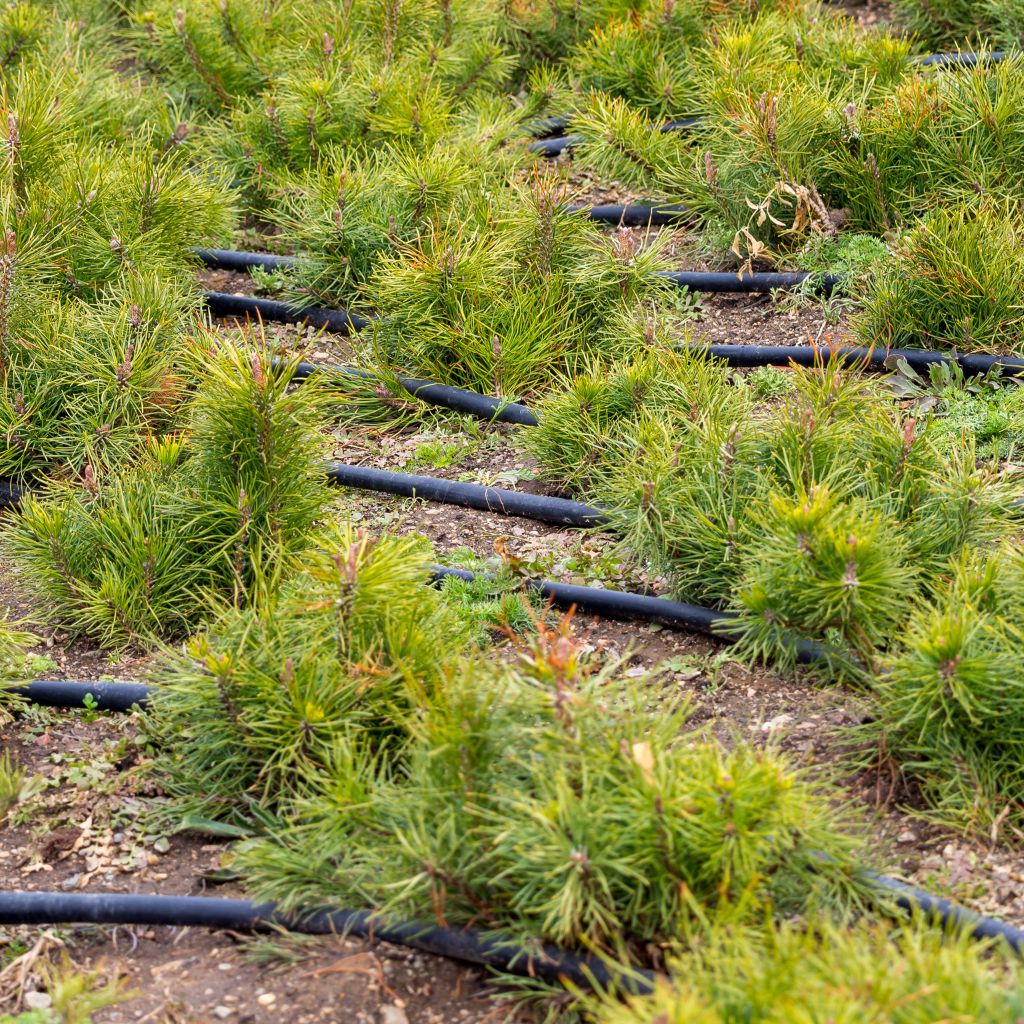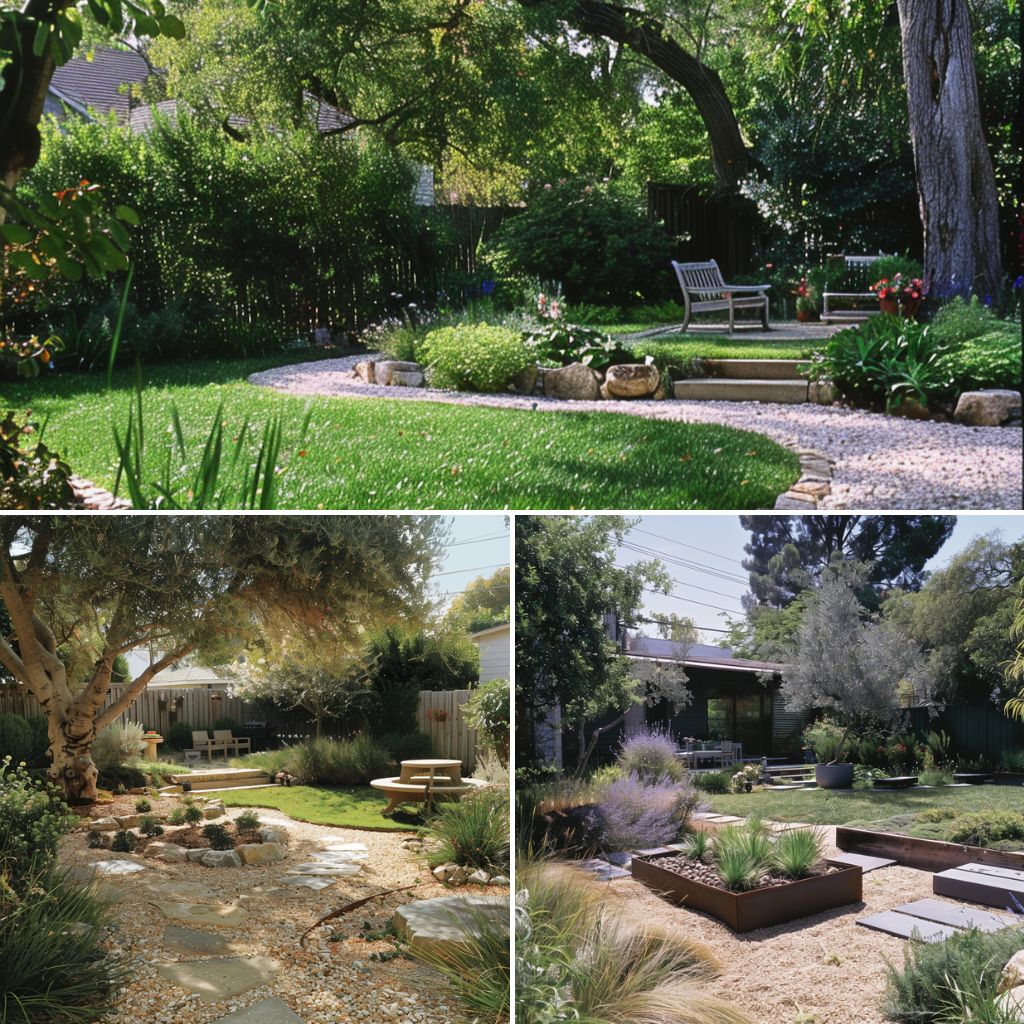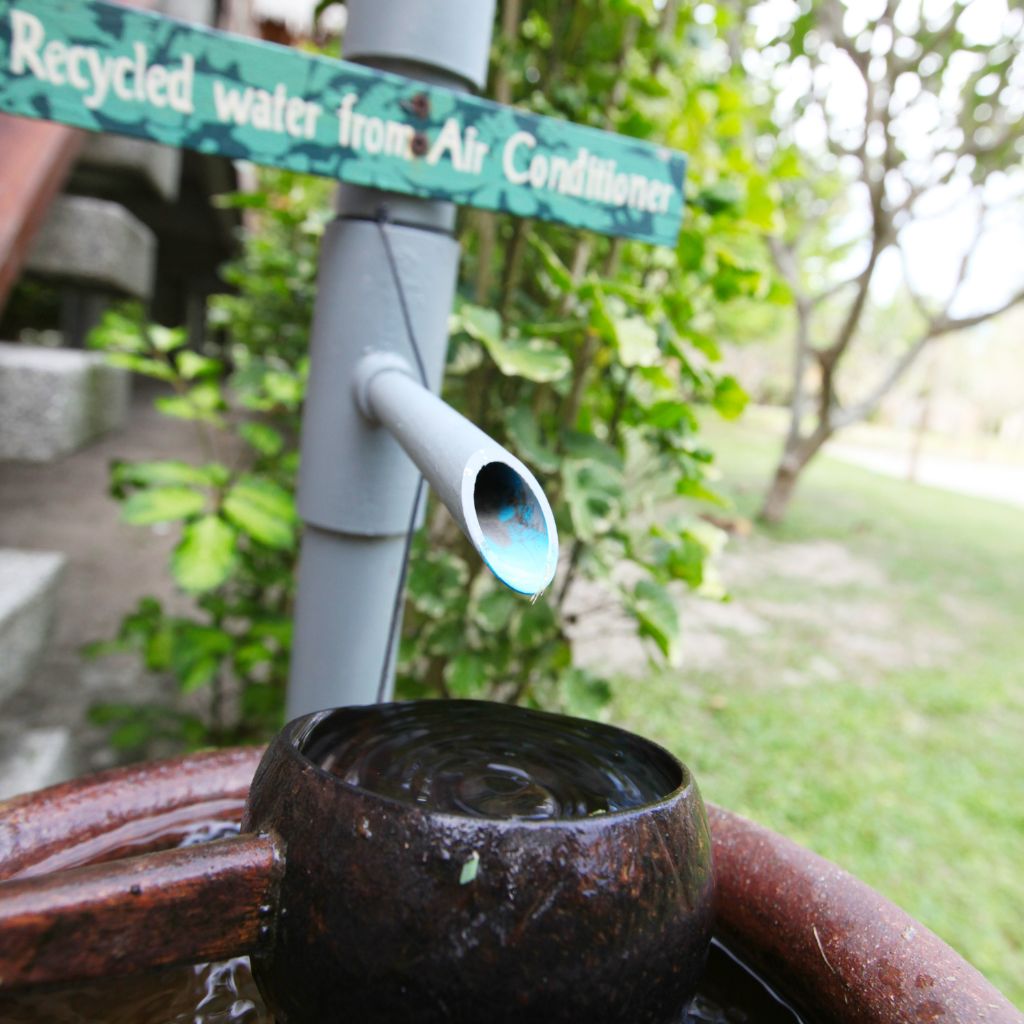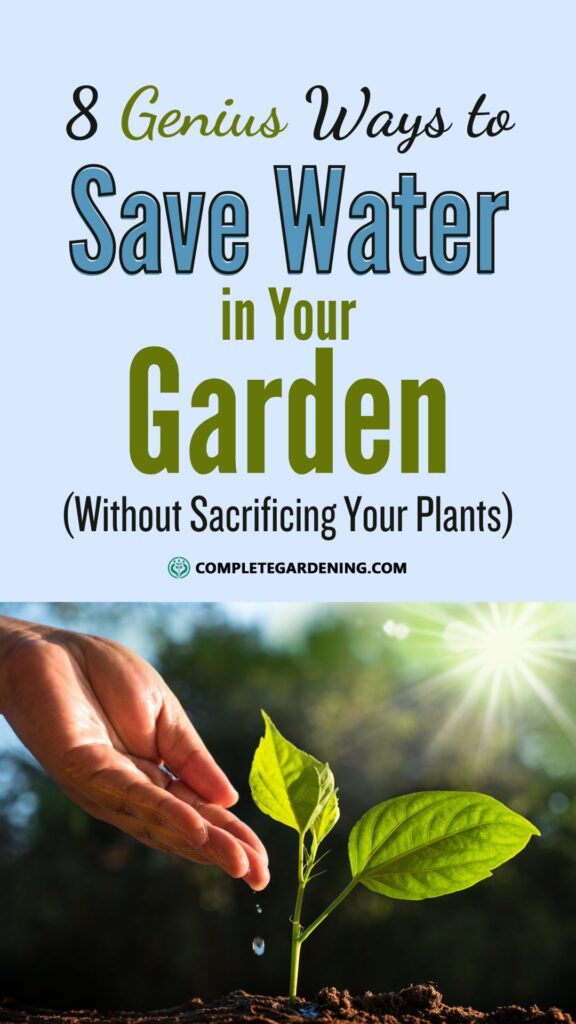Water conservation is a critical issue that affects everyone. With the world’s population continuously growing, the demand for water is increasing, and it’s essential to find ways to use it more efficiently.
One area where we can make a significant impact is in our gardens. Gardens are a significant source of water usage, but there are ways to reduce the amount of water we use without sacrificing our plants’ health.
In this article, we’ll explore eight genius ways to save water in your garden without sacrificing your plants.
These tips are easy to implement, and they can help you save water, money, and time. So, let’s get started and learn how to make our gardens more water-efficient, while keeping it lush and productive.
1. Collect and Utilize Rainwater
One of the most effective ways to save water is by collecting rainwater. Install a rain barrel or water butt connected to your downspouts to capture runoff from your roof.
Rainwater is naturally soft and free of chemicals, making it ideal for plants. Even a simple bucket can collect substantial amounts of rainwater, which you can use to water your garden during dry periods.
Tip: Place multiple barrels around your property to maximize rainwater collection and consider using a proper diverter kit to prevent overflow.
2. Water Wisely
Timing and technique are essential for efficient watering. Water your plants early in the morning or late in the evening to minimize evaporation. This allows water to penetrate the soil deeply and provides moisture when plants need it most.
Tip: Use a watering can or drip irrigation system to direct water to the roots where it is needed most, rather than spraying leaves, which can lead to diseases and increased evaporation.
3. Mulch Heavily
Mulching is a common practice in gardening that involves covering the soil around plants with a layer of organic or inorganic material.
Mulch helps to retain moisture in the soil, prevent soil erosion, and suppress weed growth. Organic mulches such as leaves, grass clippings, and bark chips also add nutrients to the soil as they decompose.
Tip: To use mulch effectively, it should be applied in a layer about 2-3 inches deep around the base of plants. It’s important to avoid piling mulch up against plant stems, as this can lead to rot and disease. Inorganic mulches such as gravel or stones can also be used, but they don’t provide the same benefits as organic mulches.
4. Choose Drought-Tolerant Plants
One of the best ways to save water in your garden is to choose plants that are adapted to your local climate and soil conditions. By selecting drought-tolerant plants, you can reduce the amount of water needed to keep them healthy and thriving.
Some examples of low water-use plants include lavender, sedum, succulents, cacti, and other plants with thick, fleshy leaves that store water. Native plants are also a good choice, as they are adapted to local conditions and require minimal additional watering once established.
Tip: Group plants with similar water needs together to avoid overwatering some while under-watering others.
5. Improve Soil Quality
Healthy soil with good organic content holds moisture better and reduces the need for frequent watering. Amend your garden soil with compost or organic matter to enhance its water-retaining capacity.
Well-structured soil allows roots to grow deeper, accessing moisture that is out of reach in poor soil.
Tip: Regularly test your soil’s pH and nutrient levels to ensure optimal conditions for plant growth.
6. Use Efficient Irrigation Systems
Drip irrigation and soaker hoses are highly efficient ways to water your garden. These systems deliver water directly to the soil at a slow rate, reducing evaporation and runoff.
Drip systems can be customized to meet the needs of different plants and garden areas, ensuring that water is used precisely and efficiently.
Tip: Install a timer on your irrigation system to water during the coolest parts of the day and avoid overwatering.
7. Reduce Lawn Areas
Lawns are among the most water-intensive parts of a garden. Consider reducing the size of your lawn or replacing it with drought-resistant alternatives like ground covers, ornamental grasses, or hardscaping features.
If you do keep a lawn, choose drought-tolerant grass varieties and maintain it properly to reduce water needs.
Tip: Allow your lawn to go dormant during dry periods; it will green up again with rain.
8. Recycle Greywater
Greywater from baths, showers, and washing machines can be reused to water your garden.
Simple systems can divert this water safely for irrigation purposes, reducing the need for fresh water. Ensure the greywater does not contain harsh chemicals or bleach, as these can harm plants.
Tip: Use biodegradable soaps and cleaning products to make your greywater safe for garden use.
Implementing these eight genius water-saving strategies can make a significant difference in your garden’s water consumption without compromising plant health.
By collecting rainwater, watering wisely, mulching, choosing drought-tolerant plants, improving soil quality, using efficient irrigation systems, reducing lawn areas, and recycling greywater, you can maintain a vibrant, thriving garden while conserving this precious resource.
